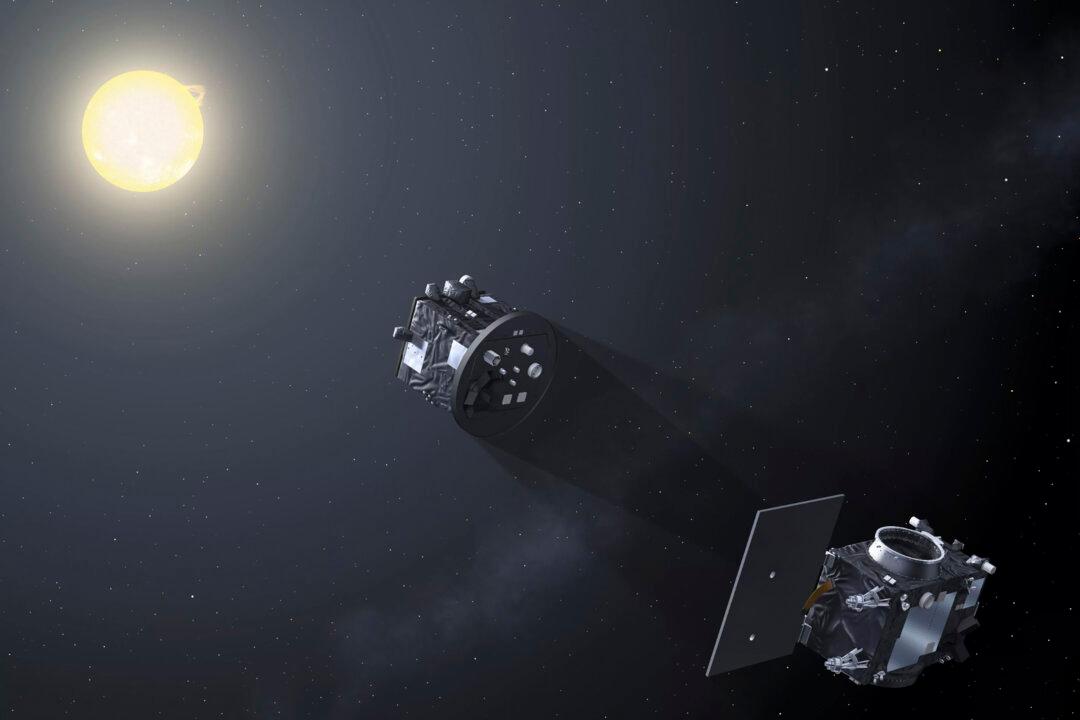Two satellites were launched into space on Dec. 5, with plans for them to be used to create fake solar eclipses.
The two European Space Agency satellites were launched from India. They’re attached for now and will be separated later. The mission is known as Proba-3 and will focus on studying the wispy crown-like corona encircling the sun.





